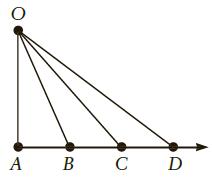Keplers second law, the statement that a planet sweeps out equal areas in equal times, can be
Question:
Figure Q5.6

Fantastic news! We've Found the answer you've been seeking!
Step by Step Answer:
Related Book For 

College Physics Reasoning and Relationships
ISBN: 978-0840058195
2nd edition
Authors: Nicholas Giordano
Question Posted:





